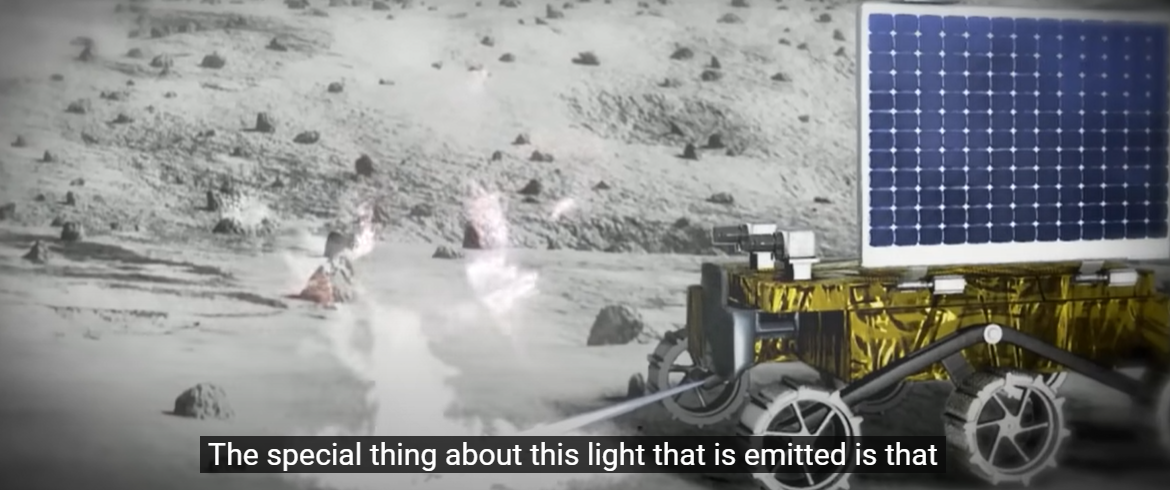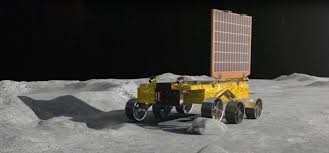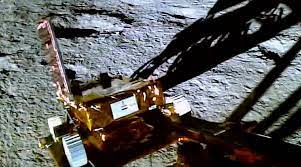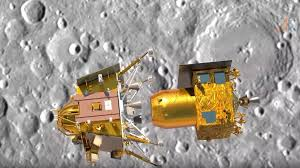
Chandrayaan-3: Top discoveries made by Vikram lander and Pragyan rover till now
Introduction:
In a remarkable breakthrough during the Chandrayaan Mission 3, scientists made astonishing discoveries on the Moon. Surprisingly, these findings have received relatively little attention until now. In this SEO-friendly blog post, we will delve into the captivating revelations from this mission.
Chandrayaan 3’s Historic Landing:
On August 23, 2023, Chandrayaan 3 achieved a momentous milestone with its successful landing on the Moon’s surface. The very next day, on August 24, the Vikram Lander gently deployed the Pragyan Rover onto the lunar terrain, marking the beginning of its mission. Over the following days, the world eagerly awaited updates, with Twitter serving as the primary source of information. In August’s video footage, observers witnessed the Pragyan Rover gradually moving away from the lander. For a span of twelve days, from August 24 to September 4, Vikram and Pragyan conducted extensive lunar observations before entering sleep mode. It is anticipated that they will awaken in the future, but first, let’s unravel the discoveries made during those twelve days.
Chandra Sir Office Thermo Physical Experiment (CSTPE):

On August 27, Vikram Lander’s CSTPE instrument provided its initial data. CSTPE stands for Chandra Sir Office Thermo Physical Experiment, and its purpose is to examine the lunar soil’s surface temperature variations. This task is executed using a temperature probe integrated into the lander’s chest, equipped with ten individual sensors to measure temperatures at ten different points on the Moon’s surface. The results were nothing short of astounding. It was observed that a one-centimetre depth change in the lunar soil led to a remarkable ten-degree Celsius temperature difference. At the surface level, the temperature hovered around 6 degrees Celsius, but just eight centimetres below, it plummeted to minus ten degrees Celsius. This graph provided the very first profile of such extreme temperature fluctuations on the Moon.
Pragyan Rover’s Near Miss:

On the same day, ISRO shared two captivating photos of the Pragyan rover when it found itself just three meters away from a large crater. These images demonstrated the rover’s substantial size on the lunar landscape, with a towering height of around four meters. Fearing Pragya’s potential descent into the crater, scientists quickly altered its path, causing the rover to traverse in an inverted position. The lunar soil bore witness to the distinctive tracks left by Pragyan’s wheels, attesting to its adventurous journey.
In-Situ Confirmation of Moon’s Presence:

August 28 marked a pivotal moment in lunar exploration when the Laser-Induced Breakdown Spectroscope (LIES) instrument confirmed the presence of water on the Moon’s South Pole. This ground-breaking discovery marked the first-ever in-situ measurement of water on the lunar surface. LIES, developed in collaboration with ISRO and Bangalore’s Laboratory for Electrooptic System, operates by analyzing the composition of lunar soil and stones. It employs high-energy laser pulses to target a specific area of lunar soil, transforming it into plasma due to the extreme temperatures. This plasma emits light, and the instrument measures the different wavelengths of this light to identify the elements present in the lunar soil, giving rise to its name, Laser Induced Breakdown Spectroscope.
Conclusion:
The Chandrayaan 3 mission has yielded astonishing findings, with the detection of oxygen, sulphur, and other elements on the Moon. These revelations have opened up new avenues for lunar exploration and our understanding of the Moon’s composition. While previous missions hinted at their presence, Chandrayaan 3’s discoveries have shed fresh light on these elements’ significance. NASA’s Project Scientist, Noah Petro, acknowledges that this mission has bridged gaps in our lunar knowledge, making it a pivotal chapter in lunar exploration.


